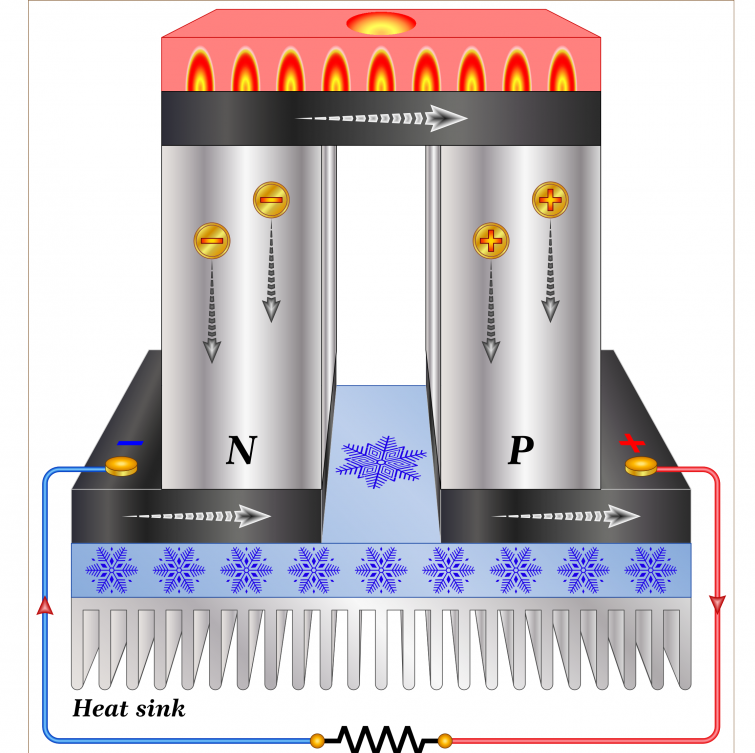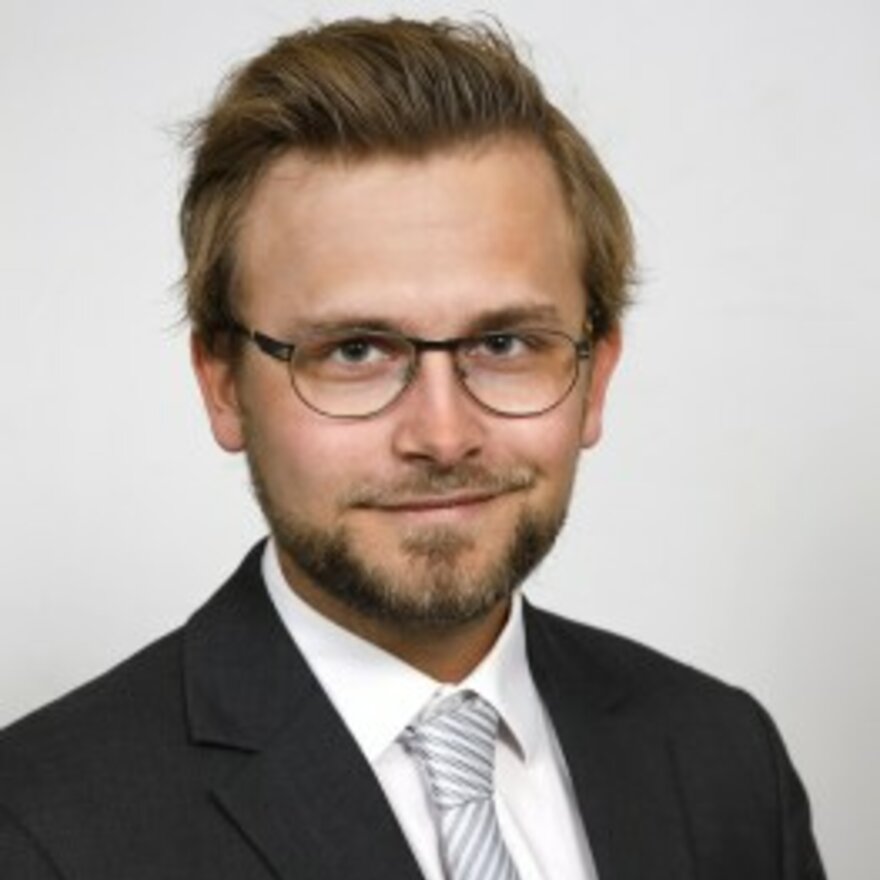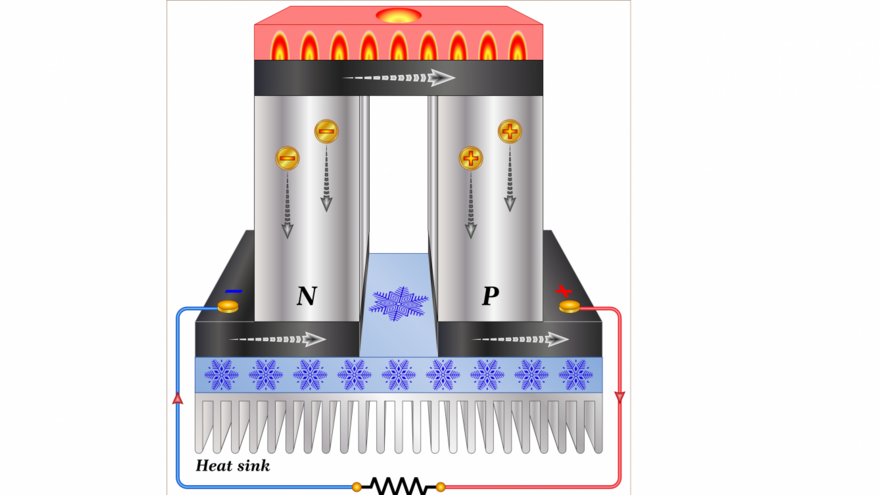About the project
Background
Thermoelectric modules have the ability to turn heat into electricity and vice versa. This ability makes them useful in many niche technologies. Examples include power sources for Mars rowers, wine-coolers, and smart-phone chargers for campers.

The potential of thermoelectrics goes far beyond niche applications. Consider the fact that about 70% of all energy generated in various industrial processes and transportation is lost as waste heat. If we could recover even a small fraction of this waste heat, it would open one more front in the fight against the rising global greenhouse gas emissions. But first, thermoelectrics need higher efficiency and this demands developing better thermoelectric materials. Such material development has unfortunately historically been very slow. Part of the reason is that material development is always costly and arduous. But, this is particularly so for thermoelectric materials, due to their very specific set of properties. They must be poor thermal conductors and good electrical conductors. At the same time, heat gradients should induce highly directional electrical flow. Either, the electrical charge should flow from the hot end to the cold of a thermoelectric material, or the other way around. These requirements make it hard to use simple intuitive arguments to improve materials. Luckily, methods such as density functional theory (DFT) can be used to compute material properties without the need for any experimental input. Thus, far more materials can be studied than in experimental studies alone. With the adoption of such an approach, the number of new promising thermoelectrics materials have been rising faster than ever.
While DFT methods greatly expand our ability to predict material properties, they are limited by considerable computational costs. Ideally, we would like to explore the properties of all 100,000 known inorganic compounds and identify the very best ones --- not to mention exploring the far larger number of proposed hypothetical materials yet be synthesized. This is simply too costly to model.
In this project, we will attempt to overcome limits set by DFT and adopt machine learning methods trained on DFT data. The goal is to develop algorithms that can pinpoint materials worthy of further exploration. Based on this, we aim to recommend new materials with great potential so they can be synthesized by experimentalists and hopefully be adopted in thermoelectric modules in the future.
The project involves a collaboration between the Material theory and informatics group and the Data science group at NMBU and with Ole Martin Løvvik at SINTEF.
Objectives
- Predict new promising thermoelectric materials
- Develop effective machine-learning schemes to estimate thermoelectric properties
Publications
- Thermoelectric transport trends in group 4 half-Heusler alloys. Journal of Applied Physics 126, 145102 (2019); https://doi.org/10.1063/1.5117288
- Discarded gems: Thermoelectric performance of materials with band gap emerging at the hybrid-functional level. Applied Physics Letters 119, 081902 (2021); https://doi.org/10.1063/5.0058685
- Lattice thermal conductivity of half-Heuslers with density functional theory and machine learning: Enhancing predictivity by active sampling with principal component analysis. Computational Materials Science 202, 110938 (2022); https://doi.org/10.1016/j.commatsci.2021.110938
- Attaining low lattice thermal conductivity in half-Heusler sublattice solid solutions: Which substitution site is most effective? Electronic Materials 3(1), (2022); https://doi.org/10.3390/electronicmat3010001
Participants at NMBU

Rasmus Andre Tranås
PhD Candidate
External participants
Ole Martin Løvvik
SINTEF/UiO
